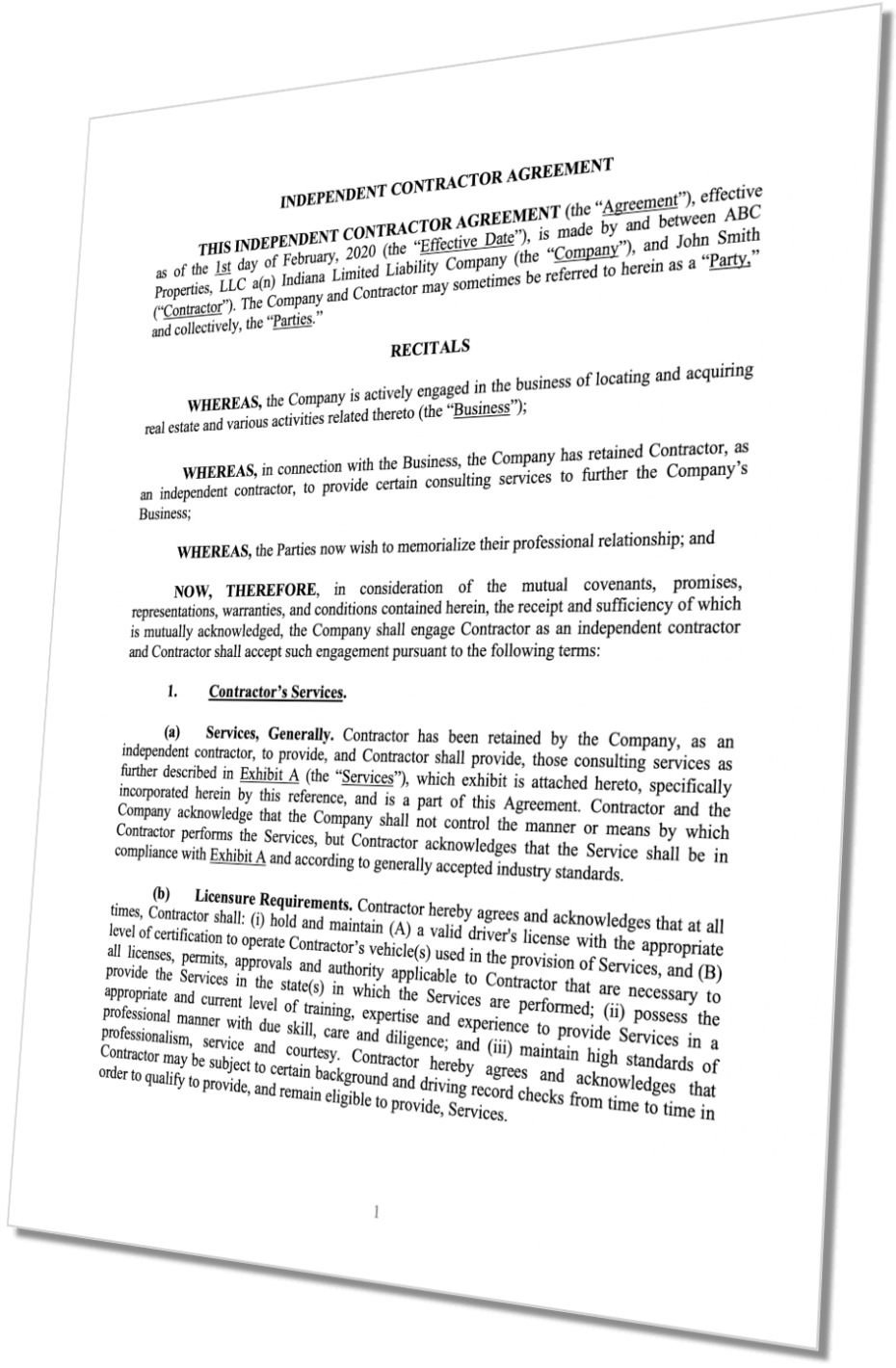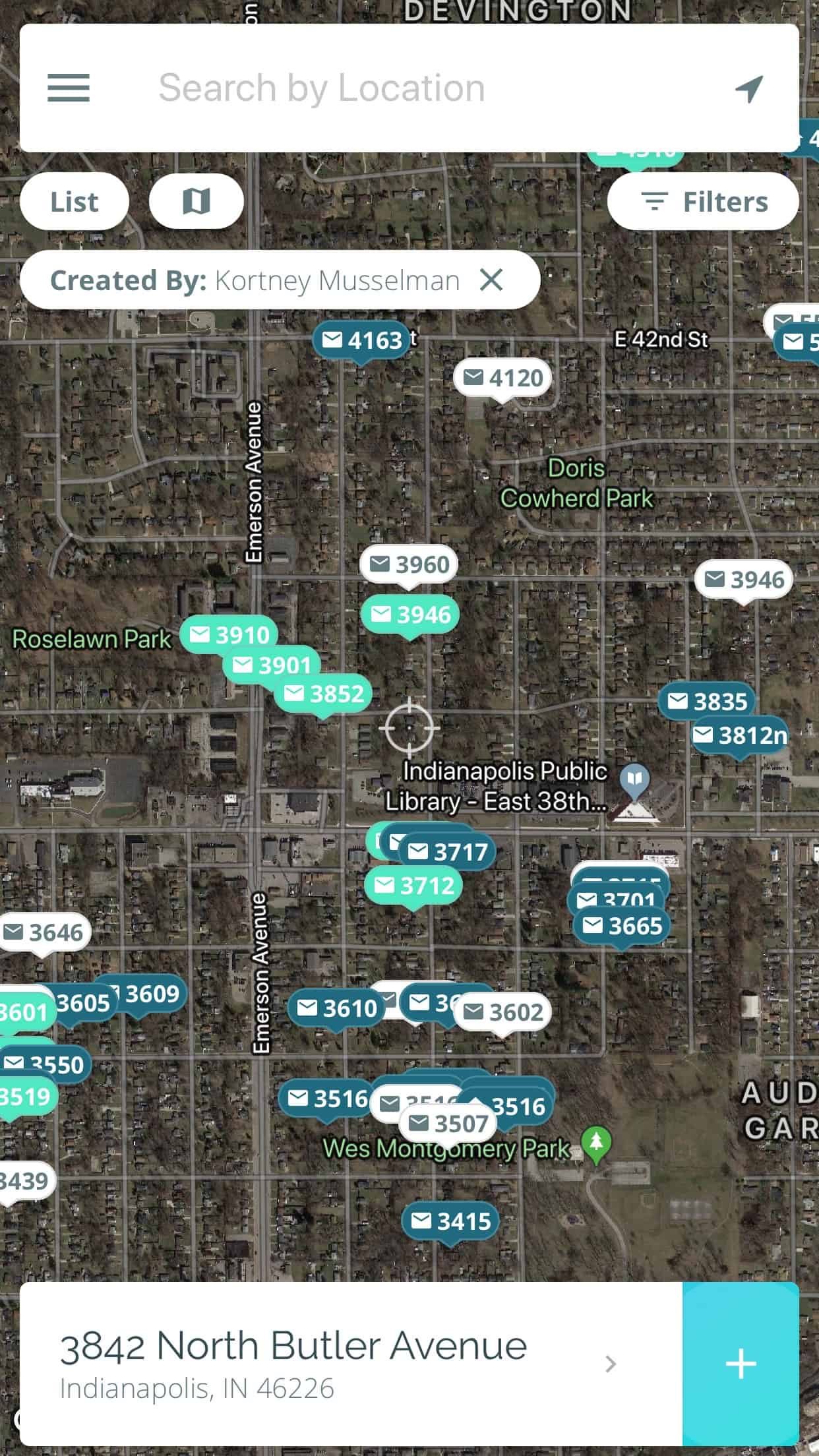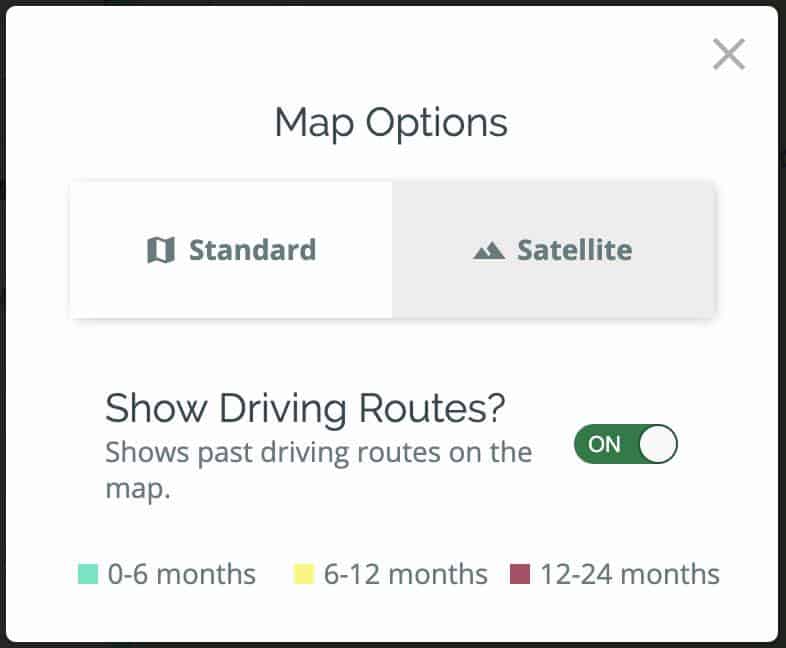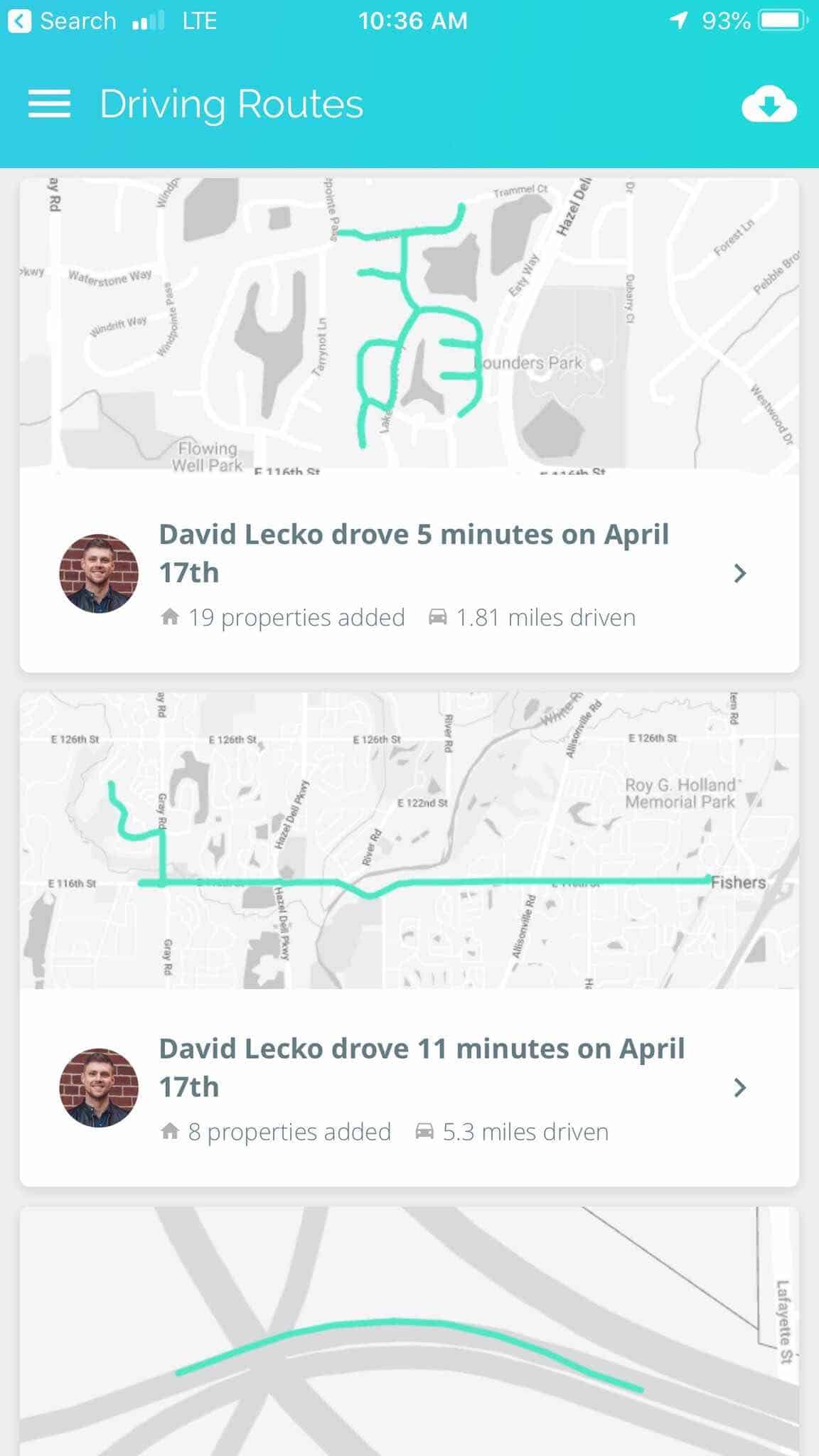
When you’re starting out as a real estate wholesaler, you only need a staff of one.
With a little luck and patience, you’ll land some deals and make some money. But if you want to go beyond scratching the surface to pursue growth and success, you’ll have to expand your workforce.
Why can’t you do it alone forever? Ask the clock. Your limited time needs to be spent talking to sellers and arranging deals. Big picture, that means you won’t have the time to drive around looking for new properties — and you won’t be able to scale effectively, as a result.
This is actually a good problem to have because it means you’re experiencing upward momentum. The big challenge, then, is deciding which activities to outsource for help. One of the simplest — and most meaningful — is the responsibility of driving around and looking for potential gold mines in the form of run-down, abandoned, or distressed properties located in well-performing neighborhoods.
RELATED: What is “Driving for Dollars” and How Does it Work?
In other words, you need to find, hire, train, and manage a team of people to go out and be your boots on the ground — or, rather, tires on the road.
Why You Should Hire Drivers
You might feel nervous at the thought of suddenly becoming a boss. Taking on the role of head honcho may seem overwhelming, but it’s doable, even if you’re inexperienced in the art of supervision.
It’s more lucrative to pay part-time drivers to find deals than it is to purchase mailing lists and send requests to random homeowners. In general, if you buy 1,000 names in bulk and work those leads, you might be able to snag one deal. That’s a .01% conversion rate. But sending your own drivers to be scouts allows you to be more selective. When you do it this way, one deal usually comes from every 200 canvassed homes. In other words, your conversion rate rises to .05%, raising your odds of success to about five times what it was.
Drivers will send you properties that meet your criteria, which you can compile into a unique list that no other real estate wholesaler will have. You’ll have fewer competitors vying for prospects’ attention. If you depend on a list that everyone else uses, too, you’ll never feel that peace of mind. Essentially, your drivers will be your secret weapon.
Best of all, amassing a cohort of responsible drivers doesn’t have to be complicated. You probably know some of your future team members already, which means the only thing holding you back is taking the first step.
Step 1: Finding Dependable Drivers
Sometimes, people get caught up in their fears about delegating work. There are a lot of questions.
- How will I know they’re not faking what they do?
- How do I keep everyone from driving the same routes and sending me to duplicate addresses?
- How do I pick the best people for the job?
Suffice it to say that if you hire the most eager, dependable people at the onset and structure your pay well, you won’t come up against many of these concerns.
RELATED: It's Time to Fire Yourself From Your Real Estate Business
Start by connecting with the people closest to you, like trustworthy family members and friends. All of your drivers will need to be licensed and insured, as well as own a cellphone. Recruit them by either talking with them in person, sending them a quick text, or getting in touch on social media to let them know you need drivers. If they don’t have an interest in joining your team, ask whether they know someone who might.
You can also use your social platform to reach friends and followers who are seeking part-time employment or looking for a side hustle to pay the bills. Your driver might work 30 hours a week but will have the total freedom to control when and how he or she gets the job done. Think like an advertiser and whip up some clever headlines to grab potential drivers’ attention. To stand out, you can even use:
- Images
- Videos
- Funny GIFs
- Emojis
Just make sure your messages include a call to action that prompts people to head to your landing page, send you a text or email, or give you a call
“Hey so-and-so, quick question for you. 😊 As you know, I’m a real estate investor. I’m looking to pay for someone to help me look for houses that look like they need a little maintenance. If you see any, would you be interested in taking a quick picture of it for me and getting paid?”
Beyond that, you can just ask people for help as long as you don’t have a problem with approaching strangers or acquaintances. Who knows? Your mailman could be a great driver. Talk to him. Paint the whole picture of how you’d like to work together. Don’t be shy, and don’t hold back. Picture yourself as a persuasive storyteller, and be sure to bring evidence that you have a thriving business he’ll want to be part of.
Speaking of thriving, driver candidates will inevitably (and rightfully) ask you about compensation. That said, you’ll need to set up a payment system that’s going to work for everyone. Don’t get concerned yet, though. Even if you’re low on cash, you have some great options.
Step 2: Paying Your Drivers
Treating your drivers well means setting up a payment structure that ensures they get their money on time and as expected. Three payment arrangements tend to work extremely well:
- Pay a certain amount for every approved real estate deal. This could be a flat fee or a percentage of the net. Figure out what you can afford to offer, and set up a tracking system so your drivers know when a property they recommended converts to cash. This works well for family members and friends who are fine with deferred payment because they know you’re honest.
- Pay your drivers the old-fashioned way with an hourly wage. People looking for steady paychecks will appreciate getting money every week without fail. The only downside is that you’ll need to have dollars on hand to keep everything flowing. Plus, this structure would mean you’d need to more actively manage drivers to ensure that they’re driving in places most likely to bring in warm or hot leads and maximizing their time.
- Pay your drivers every time they send you a viable lead. Again, this isn’t ideal for those who are relying on you to help cover weekly or monthly bills. It’s relatively unpredictable in terms of the frequency at which you’ll get leads, but it could be an incentive for your drivers to constantly follow different routes and find good properties.
Some people have their drivers work 35 hours a week and pay them by the hour. Others will pay them per deal and have 175 out on the road. There’s no specific formula — just whatever works best for you. I like paying one person by the hour for the sake of consistency, but many people like to have quite a few drivers on the road hunting for properties.
Whichever payment structure you decide is best for you and your team, remember that your drivers are independent contractors, not full-time employees. You won’t reimburse gas or meals. Instead, you’ll find a payment structure that makes the most sense.
RELATED: DealMachine Review: So Simple, Even Your Kids Can Do It
And incentives? If you’re paying $15 per hour, don’t worry about them! Drivers already value this kind of guaranteed paycheck. But if you’re paying less than $12 per hour — or not hourly at all — it’s a good idea to offer them something extra to sweeten the pot. Give your drivers a reason to stick around. This might look like paying them 50 cents to a dollar for every property they submit; if one closes, there might be a bonus attached. Incentives like this let drivers get money immediately and that will ultimately contribute to your success.
Once you finalize your pay setup, arrange for a service to help you coordinate payment disbursements. PayPal and Venmo are top-performing platforms to keep everyone on track. They also let you print statements so you can track your expenses. Budgeting and doing taxes is so much easier when you can download a PDF of the payments you made to drivers.
Step 3: Formalizing Work Relationships With Drivers

Use this sample contractor agreement as a springboard, adding language as needed to flesh out the details. Ask your attorney to double-check that this agreement includes everything.
Remember, your drivers may not be used to being third-party contractors. Explain everything in the contract (e.g., they’re in charge of paying taxes on their earnings). Giving drivers the scoop on their responsibilities from the beginning should minimize the chances of misunderstandings down the road.
One more note before we move on: Be sure to keep copies of any signed contracts for your records. You may even want to scan them to a cloud-based server to eliminate the possibility of them getting lost.
RELATED: How to Stay Organized (Tour My Paperless Dropbox Filing System)
Step 4: Training Your Drivers to Succeed
At this point, you may be so familiar with which properties are good candidates for deals that you can practically find them with a quick glance. Never assume that your new drivers will have this kind of innate ability, though.
You’ll need to spend time onboarding all your drivers so they understand their duties. They should know the best locations to drive, the types of properties you want them to select, and how to further vet homes after spotting one that seems to fit the bill. Start by creating an online checklist or use the DealMachine app to clarify the requirements all properties should meet.
Here are a few key things to have your drivers look out for:
- Neglected landscaping
- Disrepair and a need for updates
- Clear signs of vacancy
For full-time drivers, training should probably take about a week. They’re not talking to customers or learning anything too complicated. Here’s a rough outline of what that training week might look like:
- Day 1: Have your drivers go out on the road and get started on their own. They should be finding properties within 24 hours.
- Day 2: Start having them focus on a certain area. Once they spend the first day scouting, you can help them dial in their skills in more specific locations.
- Day 3: Review properties with your new drivers. This will give them an idea of whether the properties they find fit your criteria.
- Day 4: Show them how to track their drives, leave notes on properties, and tag the deals that stand out to them.
Although it’s tempting to do this kind of training over the phone, via Google Hangouts, or at the coffee shop, nothing works as well as going on trial runs — assuming you’ve properly vetted drivers during the interview process.
While this will take up a little bit of your time, heading out with your newest driver in your own vehicle will be the most hands-on training you can provide. It also gives you the chance to direct the driver’s attention to the right areas and properties. He or she will remember the experience and be able to better emulate it when riding solo.
Step 5: Managing Your Driving Squad Long Term
Your drivers are on the streets and sending in leads. Super! But your role in onboarding isn’t finished yet. Every few weeks, you should review each individuals’ performance and results. This will help you see who is doing really well and who might be falling behind.
If you think certain drivers aren’t meeting performance standards, compare the number of deals they scouted this week to the number they found the week before. You can even compare their deals from last month to their deals this month. Ideally, the numbers will either be getting higher or staying the same. If you notice a dip, be proactive and reach out to keep them from lagging behind. Intervening before things go downhill makes more sense than waiting months to discover that a driver you’ve paid hourly hasn’t been living up to expectations.
As a manager, be sure to celebrate and share your drivers’ real estate hits. Set up a Facebook (or other social media) group specifically for you and your driving squad. When one of them gets a big payday, thanks to a closed deal, announce it on the site. People will get excited when they realize that they could be the next individual hitting the wholesaling jackpot.
And because your drivers are like a roving sales team, use sales incentive techniques (depending on your pay structure) to keep their spirits high. People working on commission sometimes lose their edge if you don’t stay top of mind. It doesn’t cost much to motivate your drivers if you enter each into a raffle to win something like an iPad once every period. When you have a winner, take and share a picture of him or her using the prize to snap an image of a property that meets your criteria.
Scaling Up and Cashing In
Over time, your drivers will become a vital part of your wholesaling business. One of them might even fall in love with the business so much that you join forces as equal partners and grow even more. That’s a good thing for your bank account and for the community around you.

David Lecko is the CEO of DealMachine, an app that helps real estate investors contact property owners of off-market properties through direct mail, email, and phone by simply taking a picture of any house.














Great piece of content. I really liked that you compared the two different conversion rates (driving vs. mailing lists). I am curious how the different costs per acquisition would compare (e.g. costs per deal acquired by driver vs. mailing list).
Hmm It would be cool to know how much more value driving for $$ actually provides vs marketing to a list. My guess is that a large portion of the D4$ sourced properties are also on a absentee owner list/ a code complaint list/ foreclosure list. Just feel like D4$ has a ceiling in terms of scalability.
Yeah, I hear you. Seems like direct mail to a list would be WAY more effective at leveraging your time – however, if you’re looking for a specific property type in a specific neighborhood or zip code, driving for dollars could be a better approach than canvassing every property owner of a certain property type in that same area.